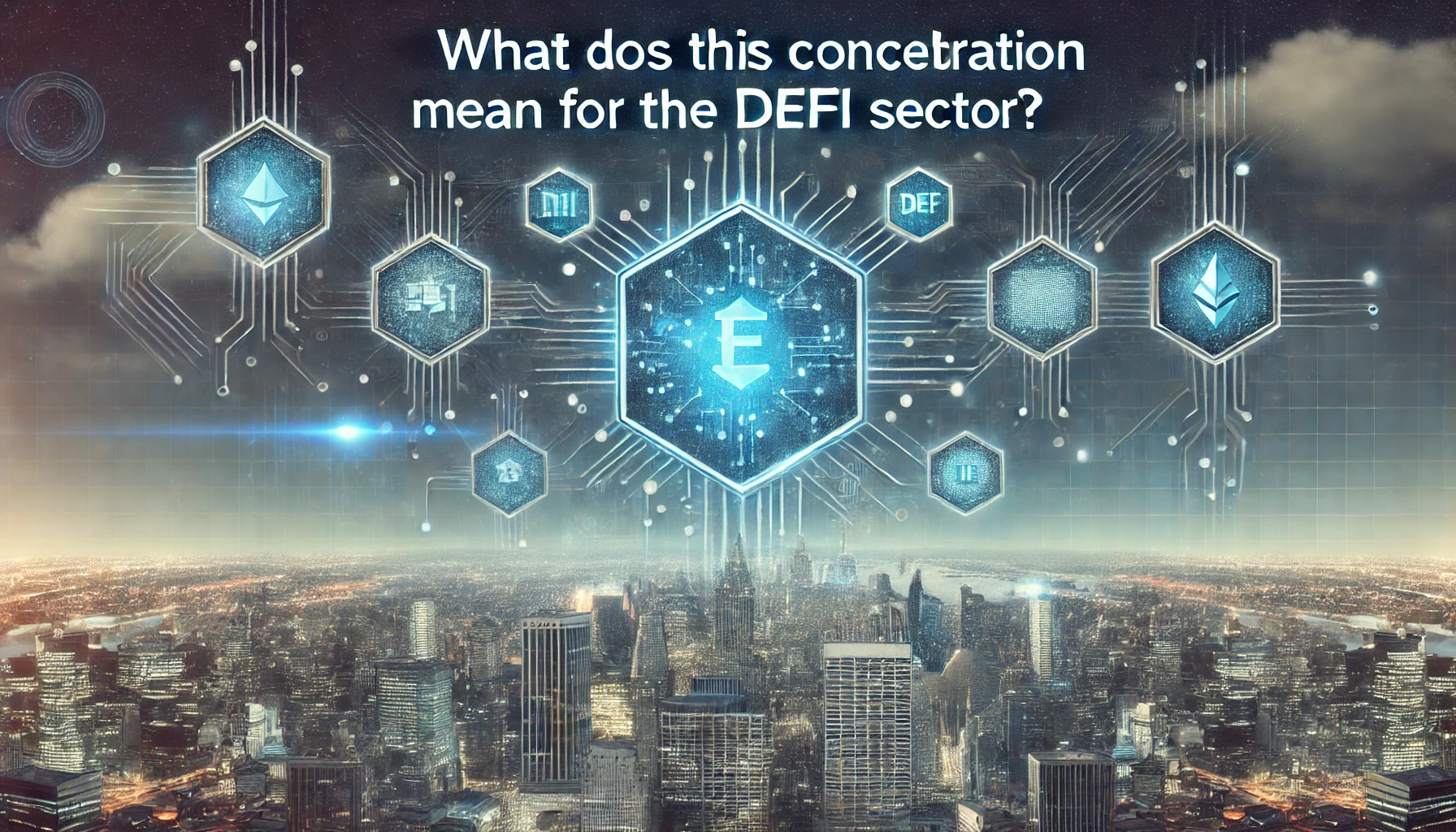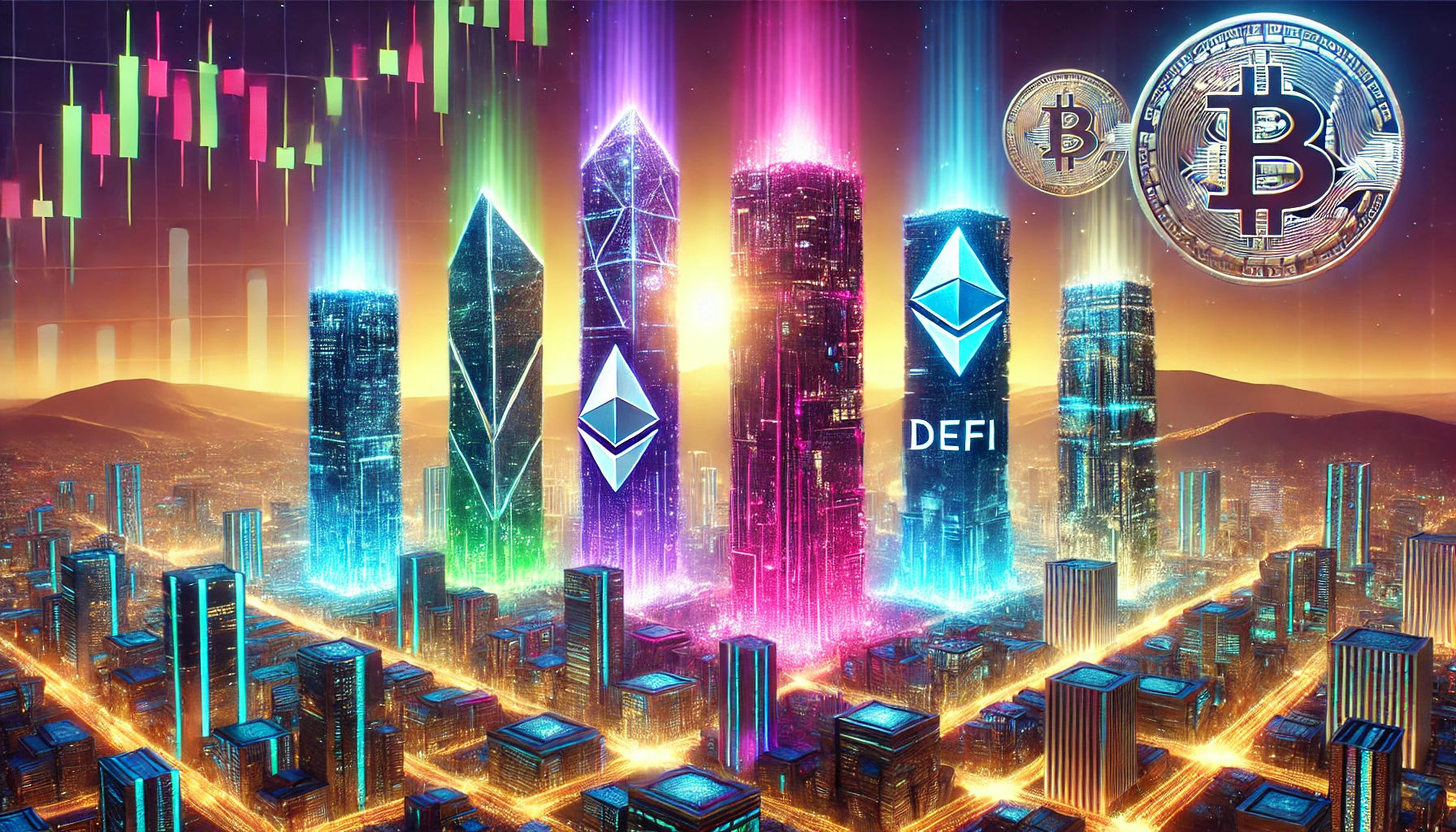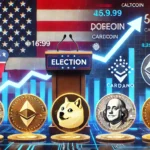DeFi has now crossed $100 billion in terms of the total value locked, or TVL. This is a significant milestone – at least within the industry because it can be claimed that six major DeFi platforms hold the bulk of crypto assets. Let’s take a closer look at the current state of DeFi and its leaders, as well as how this might be a concentration.
DeFi TVL Hits $100B
The total crypto economy has continued growing to reach $2.69 trillion as of this week, where the decentralized finance aspect becomes more important in increasing moments. The DeFi’s TVL surpassed the all-time high value of $101.42 billion, where different good DeFi protocols were helpful in growth through staking, lending, and other decentralized exchanges, among others. This would pave the way for Lido to top the figure of $31.138 billion, which is largely due to the ether or ETH that is held in a large amount within it.

The growth is founded on Lido as a liquid staking platform, which allows users to stake assets while staying liquid. The platform locks in about 9.79 million ETH, making it a force to behold in the DeFi arena. Aave comes in as the second. It is a lending protocol where users can lend, borrow, and earn interest on crypto assets without needing an intermediary. The value of TVL here stands at $16.435 billion.
Additional Contributions and Risks in DeFi
The remaining portion of DeFi’s TVL is taken care of by other players such as Binance’s liquid staking service. It secured 1.62 million ETH with its platform. The total adds another $5.064 billion, or about 4.99% of locked value to the overall locked value that stands at $101.42 billion. This extended concentration of TVL has been helping the top players from the ranks of Lido, Aave, and Binance but comes along with higher risks.
This would mean that any significant problem in one of these platforms can have a big impact on the whole DeFi system since the protocol assets are highly concentrated. Incidents in the past of DeFi show vulnerabilities that lead to cascading effects across the industry. Security challenges and protocol vulnerabilities have, in the past, led to considerable losses and affected user confidence. In this scenario, dependence on few platforms brings up the questions about systemic risks.
What Does This Concentration Mean for the DeFi Sector?

The concentration of the assets in a few of DeFi platforms will have both positive and negative implications regarding the entire industry. On the positive side, large-scale platforms can invest money into security, development, and innovation, which would hence take the entire DeFi sector ahead. On the negative side, problems also surface here as strong dependence on few platforms heightens risks for the entire sector. In fact, a decentralized industry creates a paradox of centralization. A lot would be at stake if an enormous risk or breach from one large player ended up rippling and bringing distrust from the users and, ultimately, stability on DeFi.
As DeFi grows and advances, so its will infrastructure be tested. Centralization of the top six platforms may mean stability short-term but might attract unwelcome risks if not handled sensibly. Only time can tell if this might help innovation or serve to create weaknesses in the crypto and DeFi space.
Reaching $100 billion in TVL for DeFi is a great achievement, which carries sentiments of growing interest and adoption in decentralized financial platforms. On the other hand, this concentration has raised some really important questions about the long-term sustainability of the sector. It is still unknown whether a concentration of assets will boost more innovation or create more vulnerabilities as the DeFi landscape evolves.



















































































































